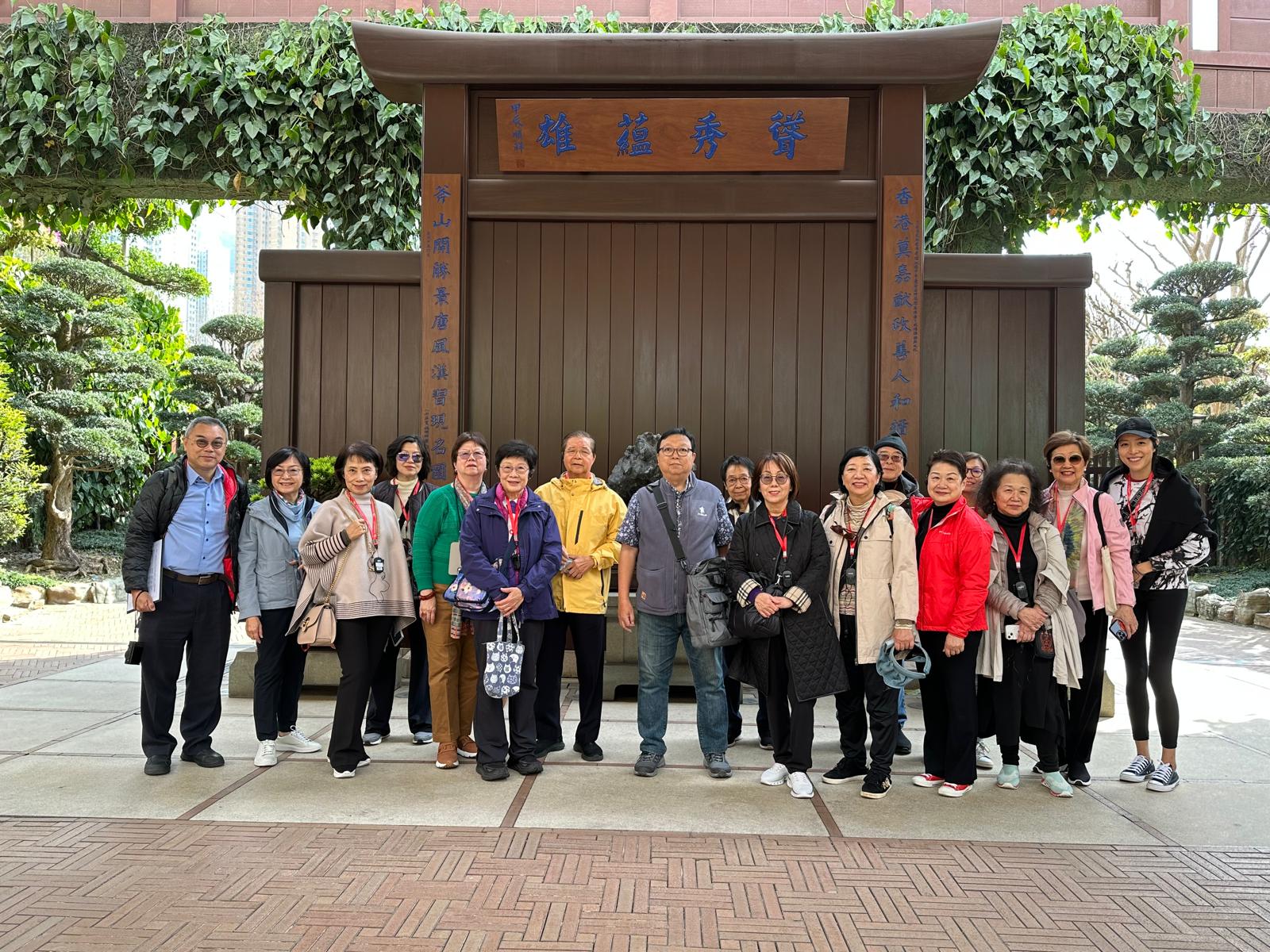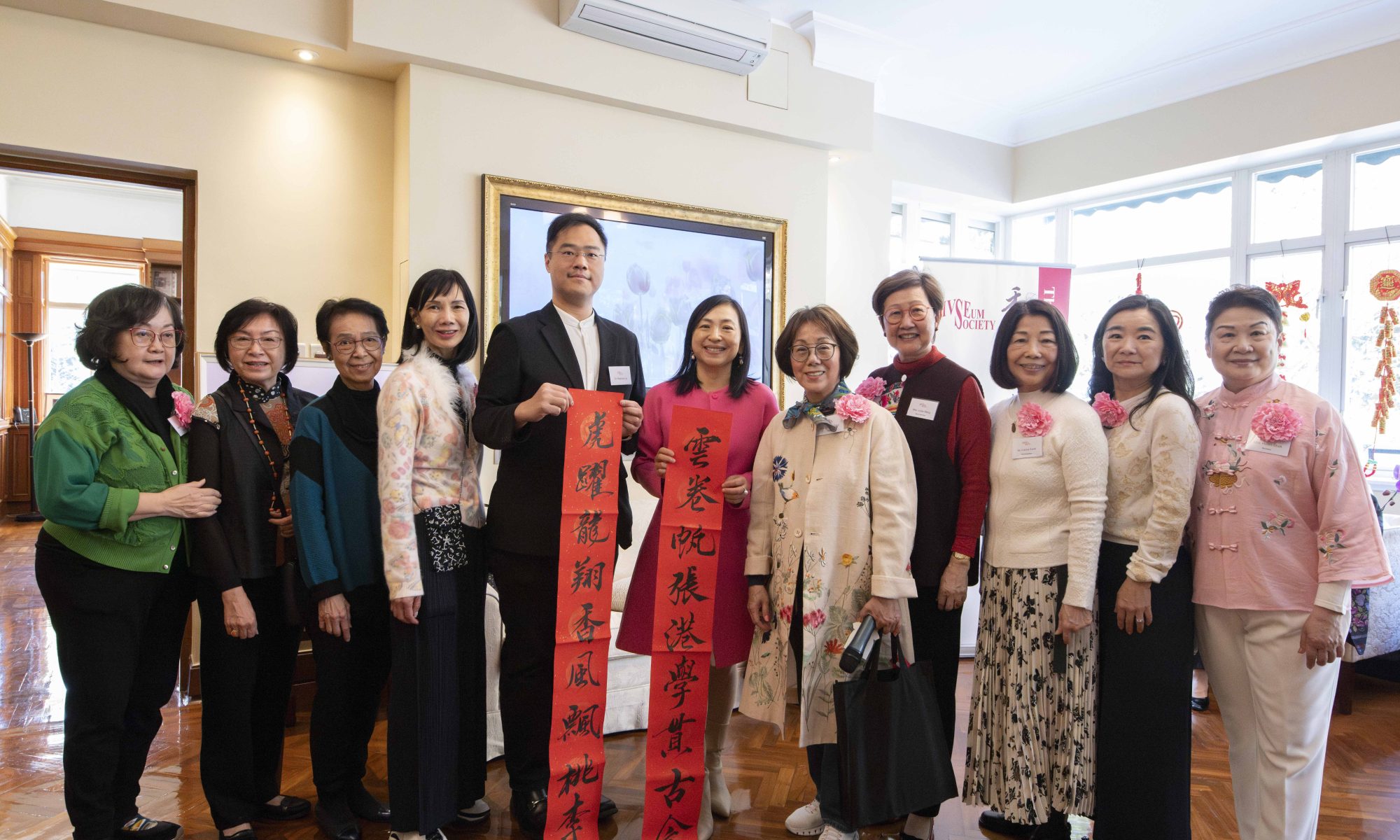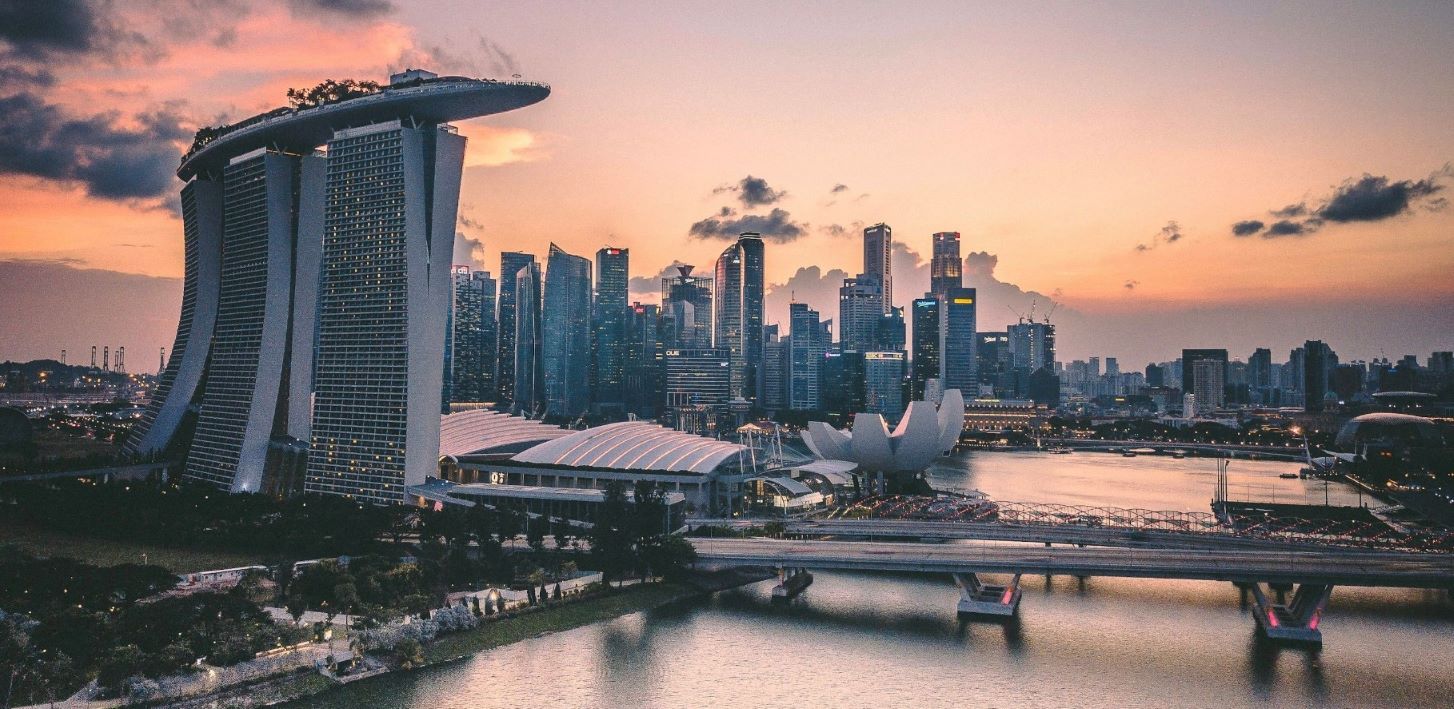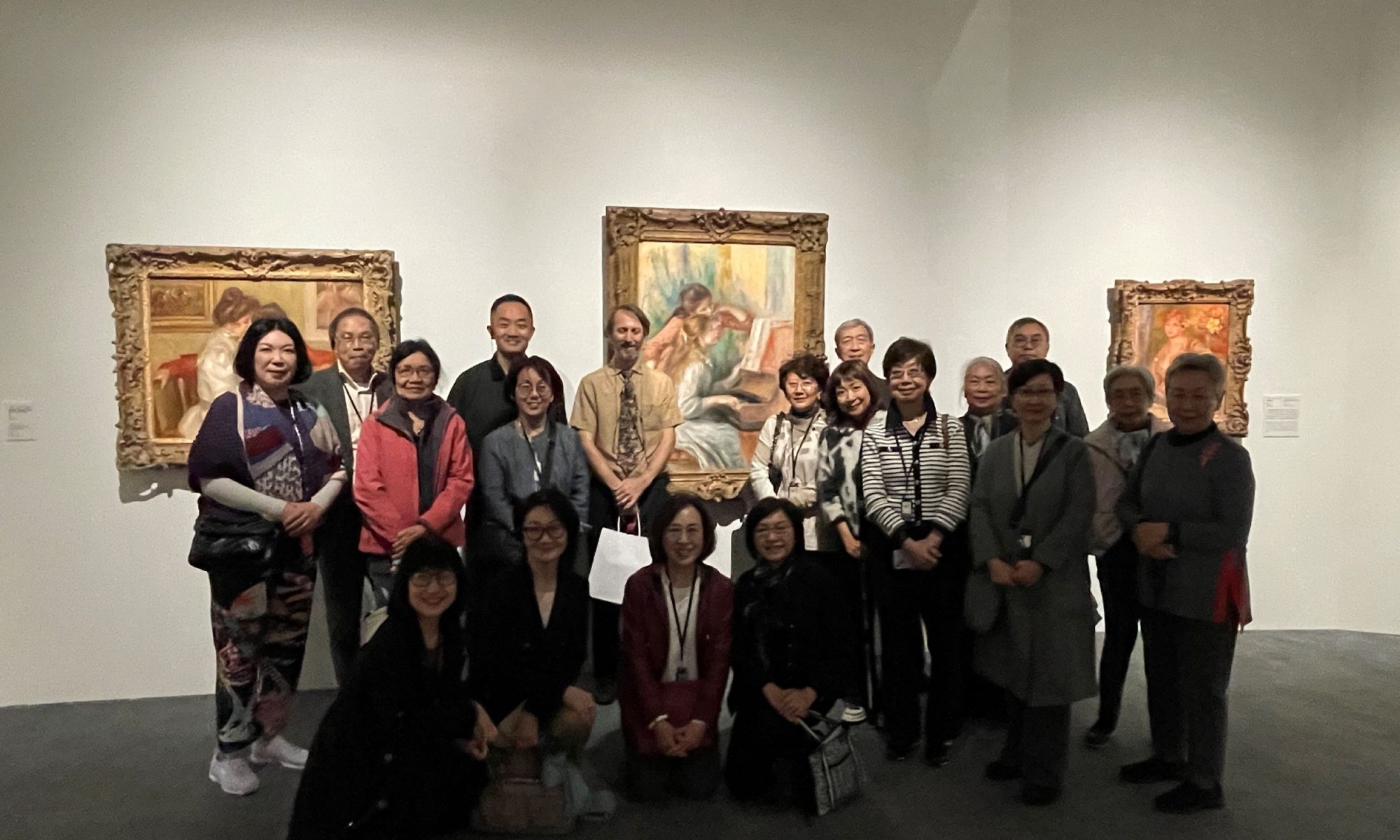
The HKU Museum Society is delighted to present a private viewing of Cézanne and Renoir Looking at the World – Masterpieces from the Musée de l’Orangerie and the Musée d’Orsay with Professor Greg Thomas at HK Museum of Art.
Paul Cézanne (1839 – 1906) and Pierre-Auguste Renoir (1841 – 1919) asserted themselves as two of the greatest masters of French painting. As icons of the Impressionist art movement in France, the two artists sought to reinvent the art of their time with their innovative depiction of the rapidly changing modern world. Along their artistic journey, they forged a lasting friendship and became influential figures for the new generations of painters, including Spanish master Pablo Picasso (1881 – 1973).
This is the first large-scale exhibition of the two Impressionist masters Cézanne and Renoir in Hong Kong, showcasing 52 masterpieces from the Musée de l’Orangerie and the Musée d’Orsay in France.
Speaker
Professor Greg Thomas earned his Ph.D. in art history from Harvard University in 1995 and has taught at HKU since 1999. A specialist in 19th-century French painting, he has published Art and Ecology in Nineteenth-Century France: The Landscapes of Théodore Rousseau (Princeton UP, 2000) and Impressionist Children: Childhood, Family, and Modern Identity in French Art (Yale UP, 2010). Subsequent research has focused primarily on artistic interactions between Europe and China in the 18th and 19th centuries, including a current book project focused on the palace of Yuanmingyuan. At HKU, he teaches an introductory survey of western art history and advanced courses on 18th- and 19th-century art and architecture.
Photo credit to HKMOA
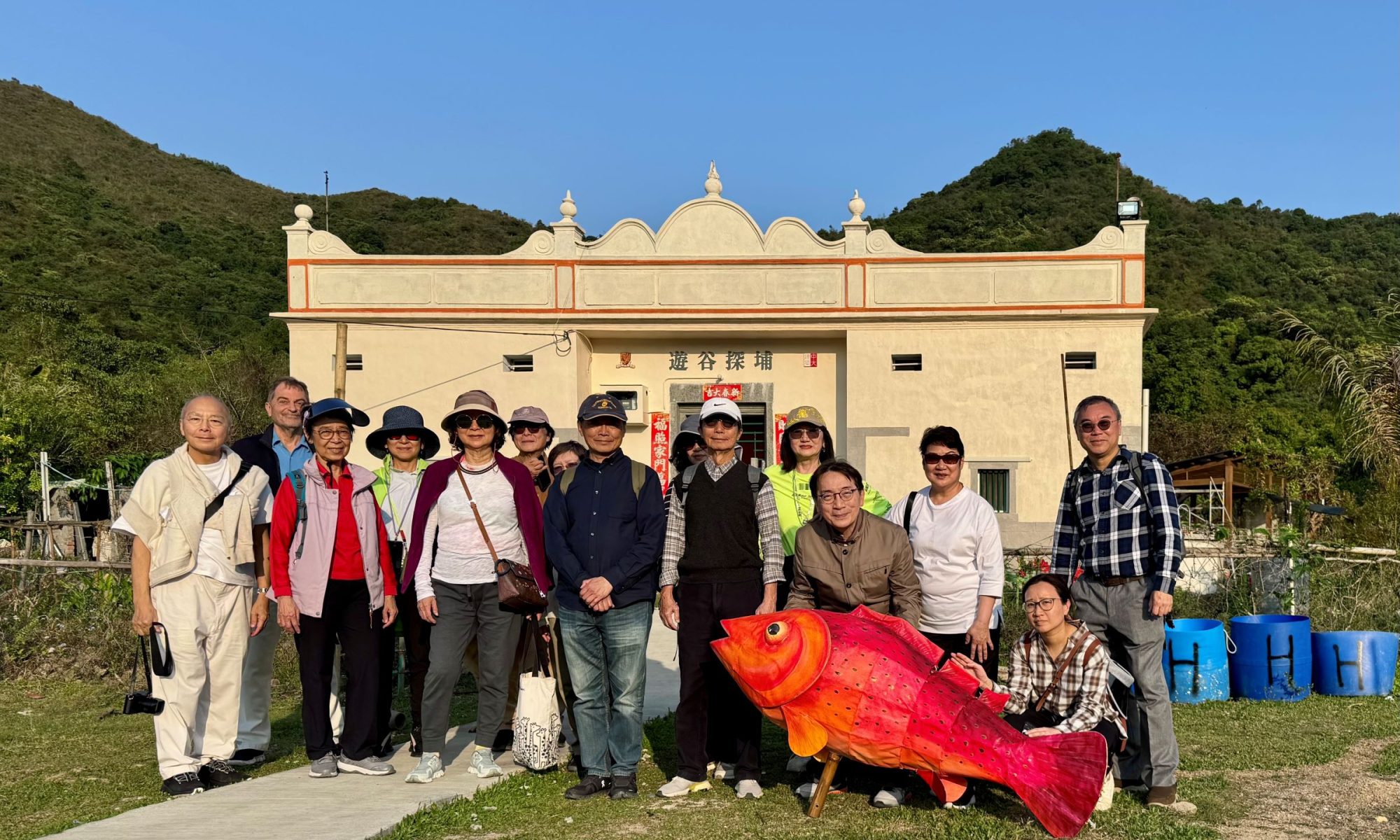
The Executive Committee is pleased to organise a heritage outing and dinner at Kuk Po with Professor Wang Weijen, Director of Center for Chinese Architecture and Urbanism at University of Hong Kong. Situated amidst the rural landscapes of Hong Kong’s Sha Tau Kok, Kuk Po preserves large area of mangrove wetlands and traditional Hakka settlements, juxtaposed against the backdrop of Shenzhen’s urban skyline across the sea. Supported by the Countryside Conservation Office, the design team from the University of Hong Kong has embarked on an initiative encompassing design research, conservation, and revitalization efforts in Kuk Po.
The design explores alternative urban and rural spaces in Hong Kong, promotes sustainable urban and rural environments, and raises public awareness of traditional architecture and community culture, as well as conservation of the ecological and landscape environments. The project covers:
Kuk Po Common – Adaptive Reuse of a School Building for Community Spaces.
Kai Choi Plaza – Place Making with Collective Memories.
Art Kuk Po – Space Catalyst and Culture Participation with Creative Intervention using Kai Choi School, Kuk Po Common, and the plaza as venues.
Eco-Toilet – Green Infrastructure with Organic Recycling.
Ruin Garden – Heritage Conservation of the Sung family mansion built during the Qing dynasty with Innovative Method.
Resource Person
Professor Wang Weijen is the Director of Wang Weijen Architecture, Andrew KF Lee Professor of Architecture Design and Director of Center for Chinese Architecture and Urbanism at University of Hong Kong. Integrating architecture with landscape and urban-rural conditions, his design projects, covering schools, campuses, and community buildings, received design awards including HKIA 2022 Project of the Year, AIA Awards, HKIUD Awards and others. With research focuses on typology of Chinese Architecture and Cities, his writings and designs have been published in numerous international and regional architectural journals. He is also the Editorial Director of HKIA Journal, Curator for Hong Kong on 2018 Venice Architecture Biennale, Curator of 2007 Hong Kong Biennale of Architecture and Urbanism.
Photo Credit: Kuk Po Vision
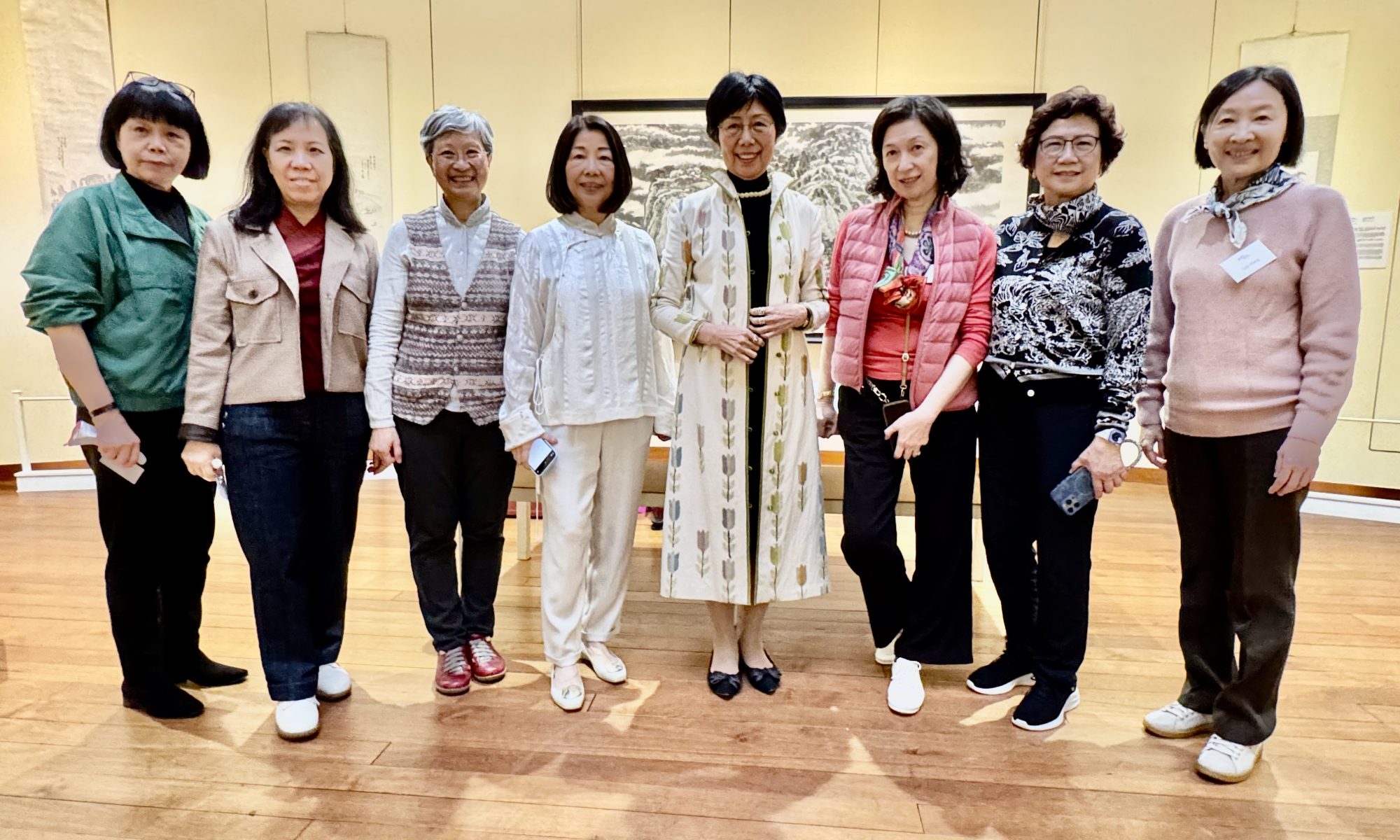
The HKU Museum Society is delighted to invite Ms. Lee Mei Yin to conduct a lecture to highlight the artistic motifs of folk embroideries and their auspicious expressions.
Interpreting Auspiciousness Through Motifs
Everyone hopes to have a healthy body and mind, as well as a fulfilling life. Since the Ming and Qing dynasties, people have enjoyed using the meanings and homophonic sounds of objects to convey good wishes, filling life with positivity and hope. In this lecture, Lee Mei Yin will select folk embroideries from the Qing dynasty to share with everyone the auspicious meanings behind them, offering heartfelt blessings!
看圖說吉祥
每個人都希望有健康的身心和美滿的生活。明清以來,人們喜歡用事物的意思和諧音來送上美好的祝願,讓人們對生活充滿正向和希望。這次講座,將挑選清代的民間刺繡,與大家分享其中的吉祥喻意,送上衷心的祝福!
Speaker
Lee Mei Yin’s areas of research include the history, art and costumes of the ethnic minorities of China, Buddhist art, Dunhuang art, silk and embroideries. She previously served as HKUSPACE guest lecturer (2000-2010), as well as a member of the Intangible Cultural Heritage Advisory Committee. She is currently a specially appointed research fellow of Dunhuang Academy, and Vice President of the Friends of Dunhuang (Hong Kong). She also serves on the Board of Dunhuang Grottoes Preservation and Research Foundation of China, and as an expert advisor to the public museums of Hong Kong
講者簡介
李美賢女士的研究範圍包括中國少數民族(民族史與服飾)、佛像藝術、敦煌藝術、絲綢與刺繡(歷史與賞析)。曾任香港大學專業進修學院導師(2000-2010),香港非物質文化遺產諮詢委員會委員。現任敦煌研究院特聘研究員、香港敦煌之友副主席,也是中國敦煌石窟保護研究基金會理事、香港博物館之專家顧問。
The HKU Museum Society is pleased to organise a visit to the Nan Lian Garden, a classical garden designed in Tang dynasty style incorporating elements of artificial hillocks, ornamental rocks, water features, timber structures and meticulously maintained bonsai (penjing) and mature trees. Mr. Taylor Yau, Vice Chairman of the Hong Kong Penjing and Artstone Society will guide us on a tour of the garden highlighting the designs of bonsai that convey harmony with nature.
南蓮園池為仿唐風格的中式園林,園內除了亭台樓閣等建築外,並有各類樹木、山石、池水及盆景等園藝佈置。沿園內路徑漫步,步移景換,使人彷如置身山水畫之中,淨化心靈。
嶺南園藝盆景講求自然美,雖然以人工修飾,但構思精巧,不露痕跡。香港盆景雅石學會副主席邱泰來先生指出每盆盆景皆有含意及意境,而園林也剛好將這件事情放大了。邱先生將深入淺出地引領本次「逍遙遊」。
Photo Credit: wikipedia
Please join us for a New Year of celebrating art & friendship! Our Patron Mrs. Jane Zhang will open her home for a Members’ Garden Party at the University Lodge. You are cordially invited to join and bring along friends for a fun-filled afternoon with tea buffet, festive activities, music, singing, calligraphy and photography with award-winning images on flora & fauna.
Kindly RSVP by 10 January 2025
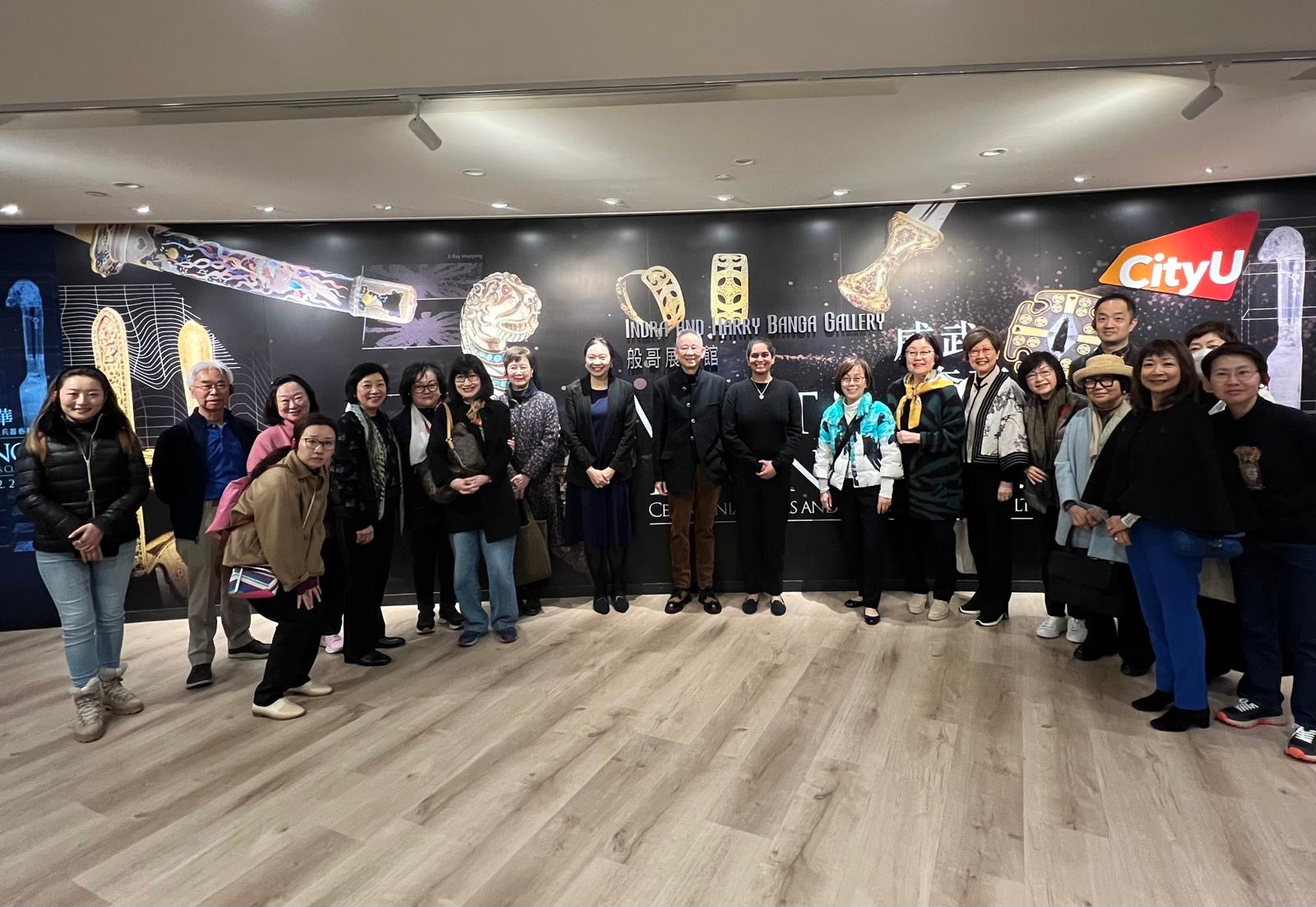
The HKU Museum Society is delighted to present a guided viewing “Might and Magnificence: Ceremonial Arms and Armour across Cultures”. As part of the CityUHK’s 30th anniversary celebrations, the exhibition is co-curated by Dr Rachel Parikh, Deputy Director of the Dunhuang Foundation, and Dr Libby Chan, Director of the Indra and Harry Banga Gallery. It features nearly 200 ceremonial weapons and armours that span various cultures, countries, religions, and histories, revealing the true essence of ceremonial arms and armour—not merely as functional weapons, but also as profound symbols of cultural and social identity.
The new exhibits come from esteemed private and local public collections, including rare and significant loans from the renowned Mengdiexuan Collection and R&J Collection. Mengdiexuan is a private collection in Hong Kong, founded by Ms. Betty Lo and her husband Mr. Kenneth Chu, renowned for its collections of ancient Chinese gold ornaments, nomadic art, scholars’ objects, Himalayan & Mongolian art and Oriental jeweled weapon. Over the 30-plus years, Mengdiexuan has shown its collections in a number of solo exhibitions in the US, the UK, Hong Kong, Taiwan and the China Mainland.
In 2022, Mengdiexuan donated a total of 946 pieces of ancient Chinese gold ornaments, the whole collection of the Radiant Legacy exhibition, to the newly opened Hong Kong Palace Museum (HKPM), the first donation for HKPM and its founding collection. Earlier in 2010, Mengdiexuan had donated their whole collection of Liao Dynasty textiles, totalling 70 pieces/sets to the China National Silk Museum in Hangzhou.
Mr. Cheng Po Hung is a renowned Hong Kong historian. He will guide us in retracing the history of the southern part of Kowloon. We will walk through from Tsim Sha Tsui to Yau Ma Tei. The route covers the Marine Regional Headquarters(水警總部), Peninsula Hotel(半島酒店), Hong Kong and Kowloon Wharf and Godown Company Limited(九龍倉), Chungking Market(重慶市場), Whitfield Barracks -Kowloon Park(威菲路軍營), King George V Memorial Park(佐治五世公園), Jordan Road Ferry Pier(佐敦道碼頭), Man Wah Sun Chuen(文華新村 – 八文樓), Yau Ma Tei Wholesale Fruit Market(油麻地果欄), Tin Hau Temple(油麻地天后廟), etc.
鄭寶鴻先生是著名香港歷史及掌故專家,一直以來對推廣香港歷史的普及教育不遺餘力,他將與我們一起遊走九龍半島的最南端,由尖沙咀至油麻地—水警總部、半島酒店、九龍倉、重慶市場、威菲路軍營、佐治五世公園、佐敦道碼頭、八文樓、油麻地果欄及天后廟等等。
Photo Credit: Mr. Cheng Po Hung
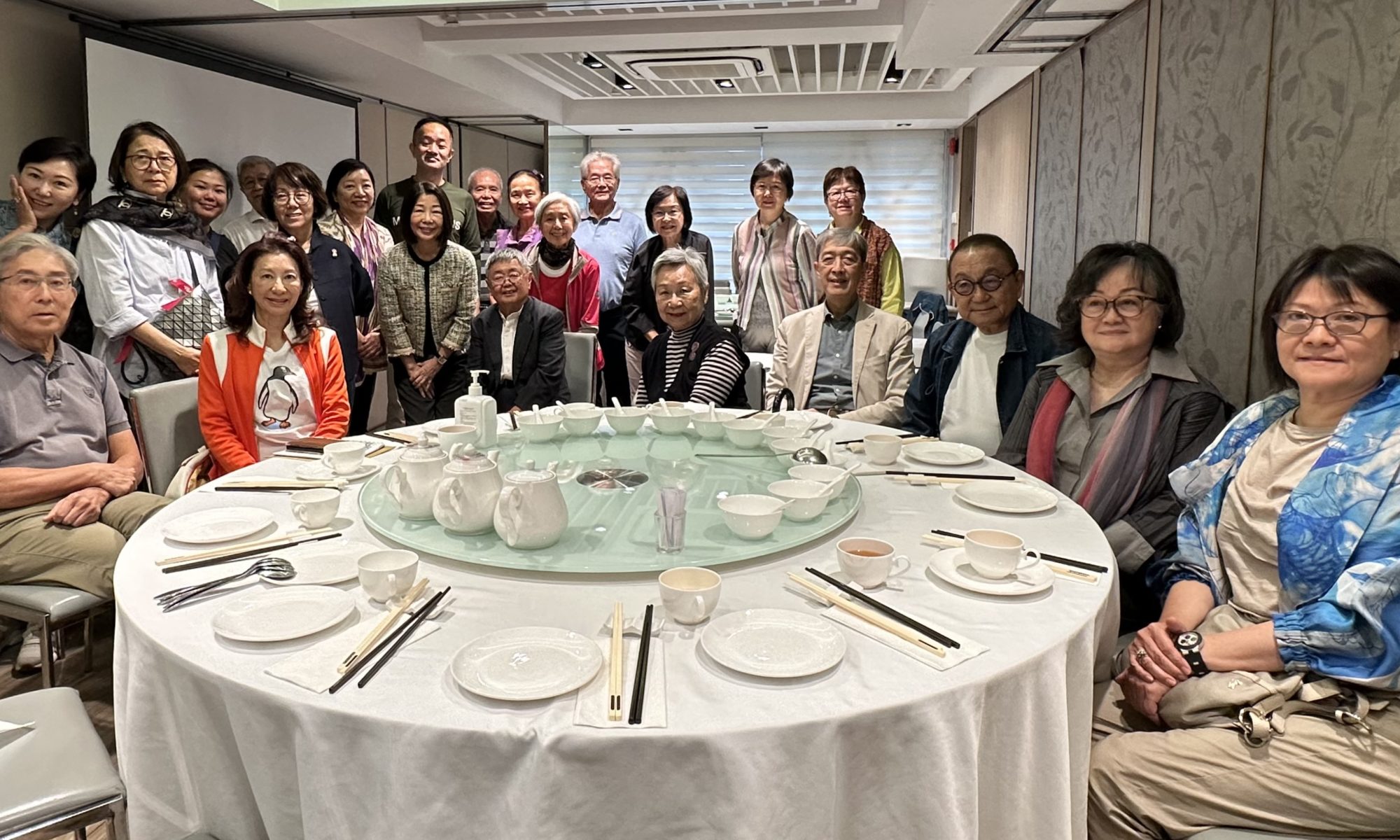
This lecture is presented in conjunction with the Museum Society’s upcoming trip, “A Tour to Western Yunnan – Mangshi, Ruili, Tengchong & Kunming” with Professor Joseph TING Sun Pao. Members and guests are welcome to attend.
In this lecture, Professor Ting will begin with an introduction of the natural environment of western Yunnan, its historical development throughout the ages, major ethnic minority tribes in the region and their unique cultures. He will talk about the ancient Southern Silk Road as well as Tengchong’s role in the trade with Myanmar after it was opened as a treaty port in the early part of the 20th century. The main focus of the talk will be on the fierce battles conducted in western Yunnan during the War of Resistance against the Japanese.
Speaker
Professor Ting graduated with a B.A. degree in 1974, MPhil in 1979 and PhD in 1989, all from The University of Hong Kong. He joined HK Museum of Art in 1979 as an Assistant Curator II, and retired in 2007 as the Chief Curator of the HK Museum of History. He is currently an Honorary Professor of the School of Chinese, HKU and an Adjunct Professor of the History Department of the Chinese University of HK. He is an Honorary Adviser of the HK Museum of Art and Museum of History; and also a Senior Adviser of the Art Museum of CUHK. Professor Ting is an Honorary Fellow of The University of Hong Kong, Hong Kong Polytechnic University and the Education University of Hong Kong, and an Honorary Doctor of Letters from the Hong Kong Metropolitan University.
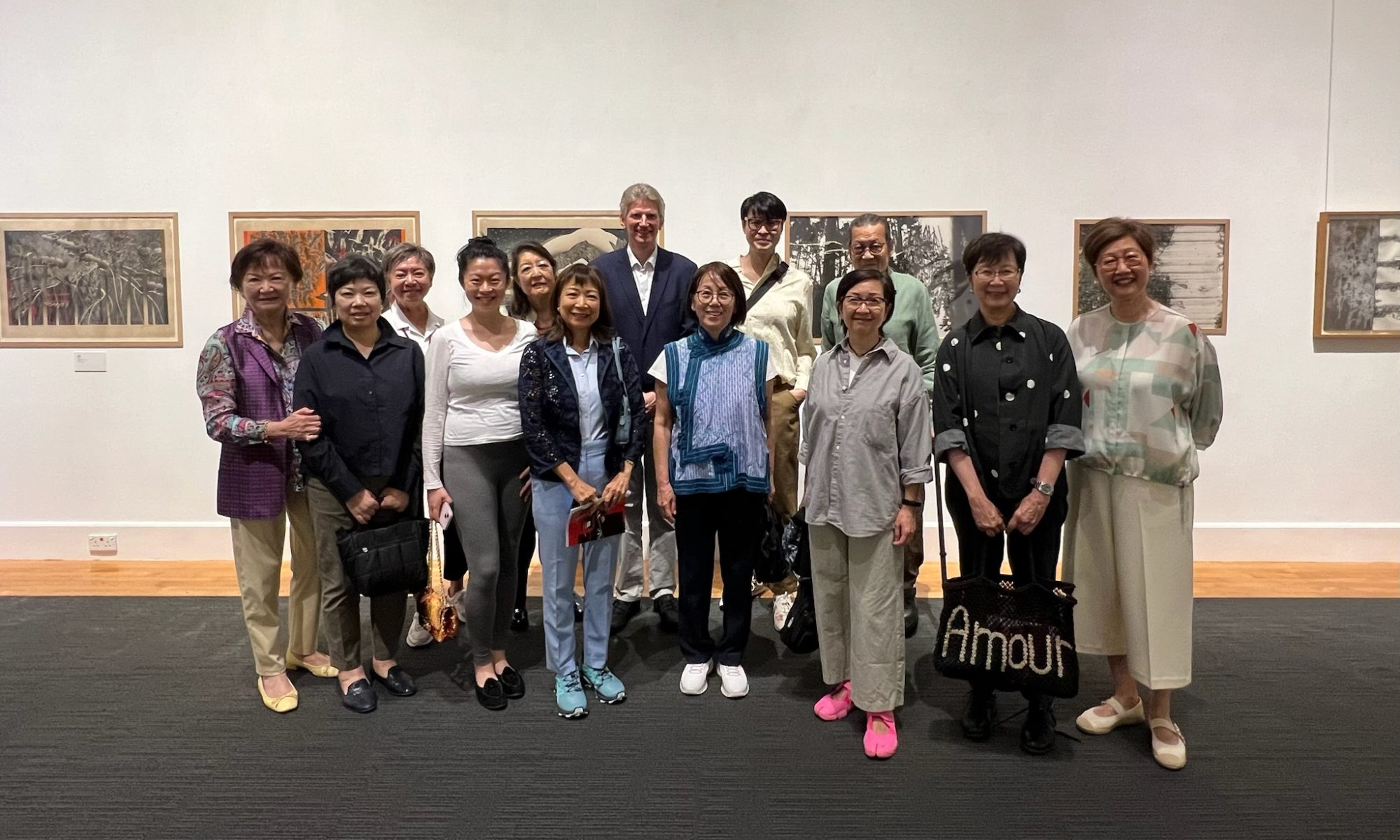
The HKU Museum Society is pleased to organize a guided viewing of the exhibition
Japanese Printmakers of the Twentieth-Century Renaissance: Kurosaki Akira and Nakabayashi Tadayoshi guided by Museum Director, Dr. Florian Knothe and Collector, Mr. Steven Co. This exhibition highlights two of Japan’s most remarkable printmakers and their influence on a resurgence of printmaking in Japan. This cultural phenomenon grew as the artists underwent rigorous training while maintaining a robust interest in traditional printing methods, such as the world-renowned woodblock technique. Coupled with their innovative experimentation, the two printers spearheaded a revival that expanded upon established printing techniques.
The unusual juxtaposition of two contemporary artists emphasises both Kurosaki and Nakabayashi’s masterpieces and their individual contributions to the ongoing development of Japanese printmaking. This pairing also highlights the distinctiveness, cultural relevance and novelty of their work. Both born in 1937 and similarly trained, Kurosaki and Nakabayashi pursued different topics and employed distinctive colour palettes. Despite these differences, they both excelled at abstract artmaking and are celebrated for their masterful storytelling.
This Exhibition is sponsored by the HKUMS 30th Anniversary Endowment Fund.
Image credit:
Kurosaki Akira and Nakabayashi Tadayoshi




